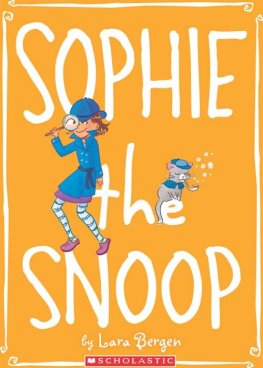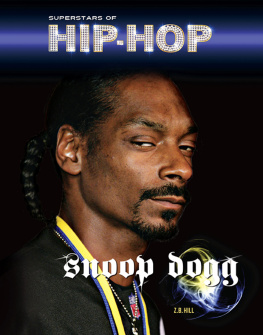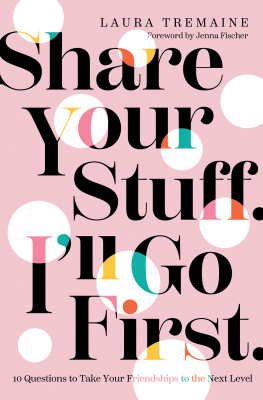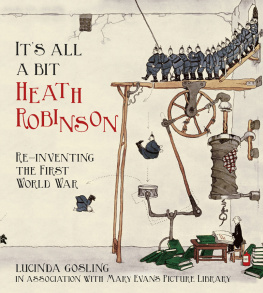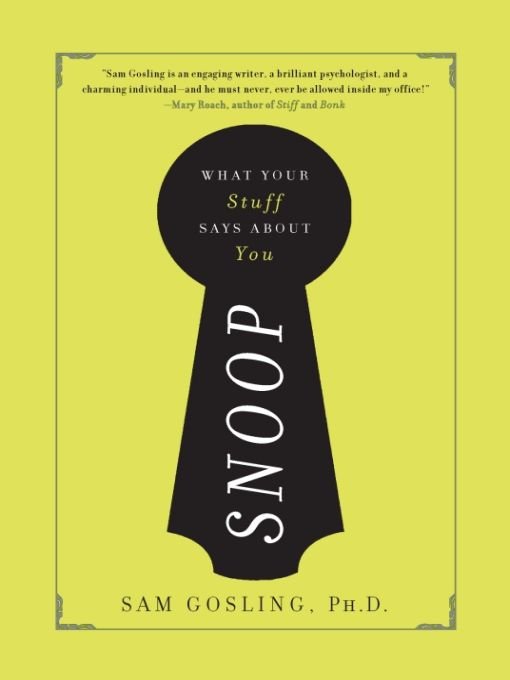Table of Contents
In appreciation of their wisdom,
creativity, and loving support
I dedicate this book to Mum and Dad,
and to my mentors, Oliver and Ken.
PROLOGUE
The Arrival of the Mystery Box
A FEDEX PACKAGE awaited me in the mailroom. Nothing much distinguished the box from other boxes. It was your standard box, brown and about the size of a shoebox, but squarer. What made this delivery different was the unusual set of instructions that came with it. I was not to open it until given permission to do so. Just in case I was in doubt, the words DO NOT OPEN were boldly inscribed in black ink across the top flap. According to instructions left on my voicemail, at a prearranged time I was to videotape myself opening the package. So at 3:00 P.M. the next day I took the box to a small room equipped with a video camera. Once inside, I pointed the camera to the spot where I would be standing and switched it on. I moved into view of the camera lens and pulled a small scrap of paper from my pocket. There was a number scribbled on the paper. I punched it into my cell phone.
This is Dr. Gosling. Id like to speak to Gary.
Ill put you through.
A click. Then a pause.
Gary speaking.
Its Sam here. Im ready.
Go ahead and open it up.
Free at last to exercise my Pandoran urges, I slit the box open. Inside you will see some things belonging to one person, said Gary. Theyre all taken from that persons bathroom. (I noticed he was careful not to say his or her). Take the objects out one by one, he continued, and tell me what they say about the owner.
As I removed the objects, I turned each one over in my hands. A small tube of skin cream, a CD, slightly scratched, of dance music, a brown plastic hair brush, and a Polaroid photo of the owners sink area. As I inspected each item for clues I narrated my reasoning to the camera. Well, the brush is quite large, probably belonging to a man. My theory was supported by the Polaroid photo, which showed a sink area with the surrounding surfaces generally devoid of sweet-smelling stuff and with levels of grime and (dis)organization more likely to be associated with males than females. I noted that the hairs trapped on the brush were short, straight, and dark. Perhaps the person was Asian or Hispanic. The photo showed that the door on the bathroom vanity wasnt closed properly and the hairdryer cord was hanging out; the tube of skin cream had been squeezed in the middle, not from the end, and some crusty residue was stuck to the cap. The CD was a compilation of house music, a genre stereotypically associated with gay clubs. Combine that with the evidence that the person is concerned with his (Im now pretty sure the owner is a male) appearance and a coherent picture begins to emerge.
After a few minutes, Gary asked: So, what can you tell me about the owner of these items? On the basis of what Id inspected, I said I believed the owner was an Asian male in his mid to late twenties and that he was quite possibly gay. I had underestimated his age by a few yearshe was in his early thirtiesbut I was right about the rest. Gary seemed pleased.
What was going on here? What was I doing talking to this faceless voice under such strange circumstances?
The mysterious caller was a television producer planning a new reality series that would deal with the familiar, almost irresistible, human urge to snoop. If youre anything like me, you do more than passively observe the surroundings when you enter someones living space for the first time. I find it hard not to look around and collect, filter, and process information about the occupant. Would I be so kind as to excuse the host while she goes to the bathroom? Absolutely! Shes gone. Right. Hightail it over to the bookcase. Scan the books. A guidebook to budget travel in Madagascar. A tiny gift edition of Virginia Woolfs A Room of Ones Own. Interesting. Now the photos. Hmm, all but one show my host with a big group of friends, and each picture projects an image of drunken hilarity. No time to dwell, I just heard the toilet flush and there are still the CDs, the trash basket, and that pile of junk on the windowsill. And all this is before Ive had a chance to look through her medicine cabinet
... I mean, kindly be excused to powder my nose. (Medicine cabinets are such quintessential snooping sites that Ive often thought it would be fun to surprise guests with a visitors book inside.)
The television producers were taking this common impulse to its logical endpoint: What can a physical space tell you about someone you have never met or even seen? The vision for the programunlike MTVs popular show Room Raidersincluded a role for an expert who would provide insight into the snooping process.
Why were the producers talking to me? I am a professor of psychology at the University of Texas, and I specialize in the study of personality differences and how people form impressions of others in daily life. My research focuses on the same question driving the television program: how peoples possessions can tell us even more about their personalities than face-to-face meetings or, sometimes, what their best friends say about them. Indeed, my first study on this topic, which I conducted when I was still a graduate student at UC Berkeley, was the scientific equivalent of what the producers had in mind for their show. The study examined what observers could learn about men and women they had never met purely on the basis of snooping around their bedrooms.
The bedroom study, as it came to be called, yielded fascinating findings in its own right (more about these later), and, to my surprise, the research and the ideas underlying it sparked significant interest beyond the halls of academe. Although other psychologists have looked at personality impressions based on small snippets of information, like video clips or short interactions, no one had examined rooms before. And no one had come up with such a rich bounty of information. The media reported our results with obvious glee. They gave their stories headlines such as Object Lessons, Behind Enemy Lines, and Room with a Cue.
I continued my research in graduate school and have developed it further since taking up my post at the University of Texas in 1999. My graduate students and I have conducted many studies on personality in everyday life: Weve peeked under beds and peered into closets; weve riffled through music collections; weve scrutinized Facebook profiles. Weve visited eighty-three dorm rooms and nearly a hundred offices in banks, real estate firms, business schools, advertising agencies, and architecture studios. And weve examined how people reveal their personalities in such ordinary contexts as their Web pages, their books, the words they use in casual conversation, and where they live.
In the years weve been doing this research my teammates and I have learned how people form impressions of others based on their stuff, and we have trained our eyes to exploit clues that will tell us what a person is really like. Did the Virginia Woolf volume mean that my friend was an ardent feminist? Or perhaps the book was merely one of many she was assigned for a course on British literature? Did the photos of drunken hilarity mean she was using alcohol as an escape? Or was she just a party girl? Some ten years into the research, wed assembled an enormous amount of information showing how people portray and betray their personalities.


